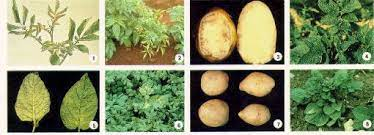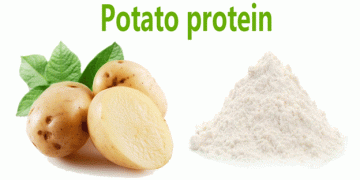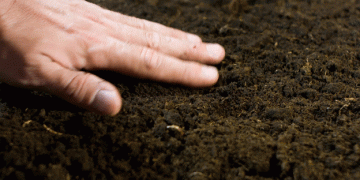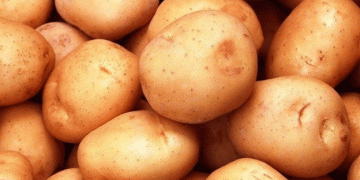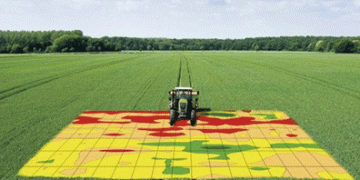Potato crops are highly susceptible to viruses, and Potato Virus O (PVO) is one of the most common and economically significant viral pathogens affecting potato yields globally. In this article, we will explore what PVO is, its impact on potato crops, and strategies to manage and prevent its spread.
Potato Virus O (PVO) is a member of the genus Potyvirus, and it is a single-stranded RNA virus that causes significant damage to potato crops. According to the International Potato Center (CIP), PVO is responsible for yield losses ranging from 10 to 80 percent in potato-producing regions worldwide. PVO symptoms include mottling, mosaic patterns, and distortion of leaves and stems. The virus can be transmitted through seed tubers, soil, and infected plant debris.
Preventing and managing the spread of PVO requires a multi-faceted approach. One of the most effective strategies is to use certified virus-free seed tubers to prevent the introduction of the virus into the field. Crop rotation and field sanitation practices, such as removing infected plants and debris, can also help reduce the spread of PVO. Additionally, insecticides and other control measures can be used to manage insect vectors that transmit the virus.
In conclusion, Potato Virus O is a significant threat to potato crops, causing significant economic losses worldwide. However, implementing preventative measures such as using certified virus-free seed tubers, crop rotation, and field sanitation practices can help reduce the spread of PVO and prevent yield losses.
#PVO #PotatoVirusO #PotatoCrops #Agriculture #Farmers #Agronomists #AgriculturalEngineers #FarmOwners #PlantPathology #ViralPathogens #CropManagement #CropRotation #SeedTubers #FieldSanitation #InsectVectors #Prevention #YieldLosses
